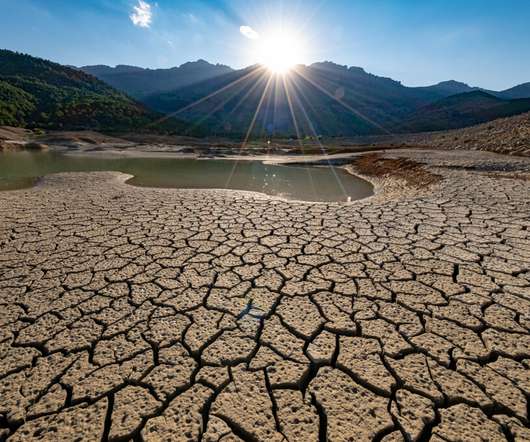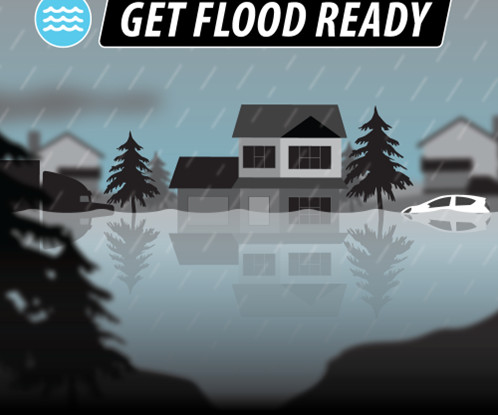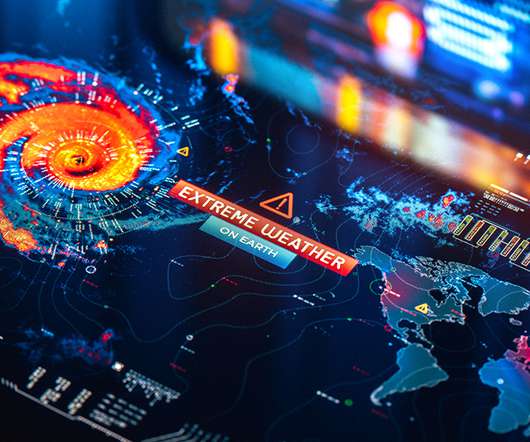Tsunami Threat in the Pacific NW
Disaster Zone Podcast
MARCH 22, 2022
One significant natural hazard risk that the West Coast of the United States has comes from tsunamis. We also delve into what individuals and organizations can to be warned of an oncoming tsunami and what mitigation measures are being used to reduce the destructive impacts of these waves.













Let's personalize your content